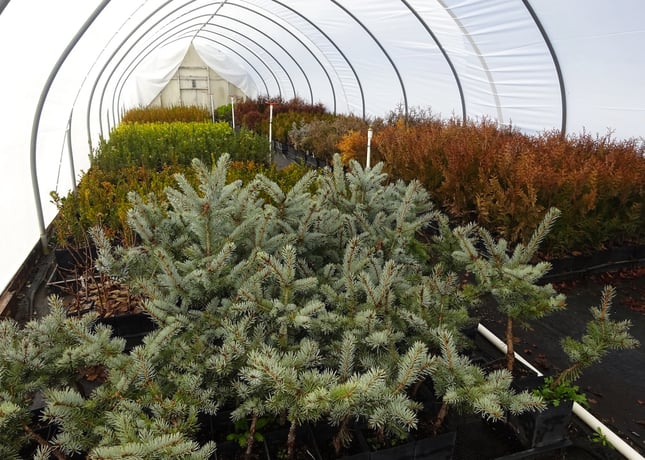As a buyer looking at that finished plant in a re-wholesale yard, you can’t possibly know everything that went into producing it–much less the plant propagation and planting techniques employed. If you like it, you like it. If you don’t, you don’t. Much of the transaction is instinctive. But the difference between a good plant and one that is exceptional goes much deeper than appearance at the time of sale.
When I go to a re-wholesale yard, I can easily spot a great plant. I know it when I see it. I know the branching structure of a tree should begin at a height appropriate for the tree. A red maple should start branching at about five or six feet, unlike a beech. I also notice whether or not the root ball has been properly cared for: Summer-dug plants must be watered every day, so the root ball doesn’t dry out.
As a buyer, the way to zero in on the best is to know something about the nursery’s plant propagation and growing system. The factors that contribute most to plant quality begin at the beginning of the plant’s life in the nursery with the care of liners in the propagation hut, soil quality in the field, and planting techniques.
The Importance of Liner Stock for Plant Propagation
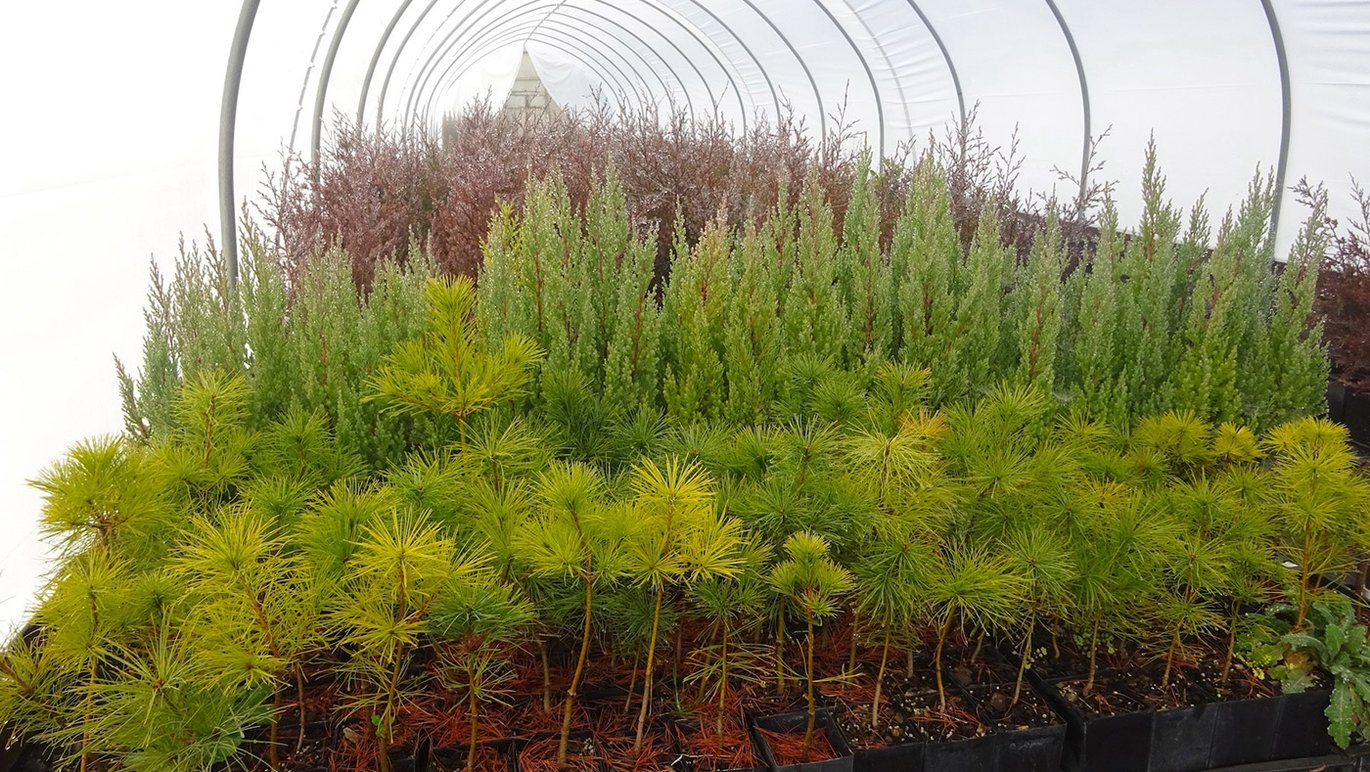 Liner development is vital to the success of the plant. The grower either must create the liner themselves from rooted cuttings or grafts, or purchase a liner from a reputable grower. And unfortunately, many things can go wrong during this process because growing liners is a massive undertaking.
Liner development is vital to the success of the plant. The grower either must create the liner themselves from rooted cuttings or grafts, or purchase a liner from a reputable grower. And unfortunately, many things can go wrong during this process because growing liners is a massive undertaking.
Now, to you as a buyer, these intricate liner details might not be essential knowledge that you need to have, but the results will speak for themselves.
Better growers will produce liners from stock plants they know are healthy, vigorous, and disease and insect-free. Here are the best practices to be employed in the plant propagation process:
1 Proper Misting for Rooted Cuttings
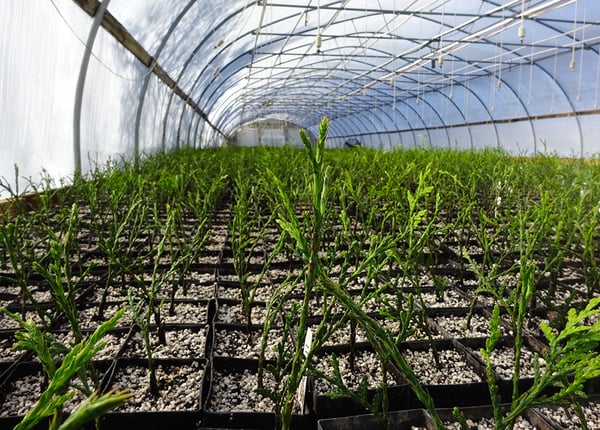 Pure water misting is expensive but necessary for proper liner development. At Waverly Farm, we use reverse osmosis filtration on our well water for misting. We do this because we know our well water is high in carbonates and bicarbonates, which causes a build-up of calcium that can impede buds from opening and hold back new growth.
Pure water misting is expensive but necessary for proper liner development. At Waverly Farm, we use reverse osmosis filtration on our well water for misting. We do this because we know our well water is high in carbonates and bicarbonates, which causes a build-up of calcium that can impede buds from opening and hold back new growth.
Water sources other than wells must be treated chemically to prevent introducing diseases into the plant propagation system. Use of pond or stream water for misting is risky because these sources contain a lot of plant and animal organisms, some of which could be disease-carrying if not filtered out.
2 Precision Root Grafting
There are thousands of concerns with grafting, the critical factor being a perfect scion to understock union. A poor union may result in a dead plant not discovered until up to 15 years later.
3 Field Soil Management Using Organic Nutrients
Soil is the next huge factor. We prefer to not use synthetic fertilizers as they will over stimulate growth and result in unnatural plant development. Further, organic sourcing of nutrients creates a natural growing environment.
4 Pruning Before Planting
Most problems with liners happen not at the beginning of the process but at the end just before planting. Light pruning at planting time results in a structurally well-formed plant. Purchased liners need extra pruning up top, and fast-growing plants will need to be pruned up top by 50-60% for a good start. This is especially the case with deciduous trees.
Planting Techniques
Of course, handling liner stock is only a small—though tricky—part of the plant propagation and planting equation. There are other practices that buyers should be aware of before taking a nursery tour, so you can ask all the right questions of the grower.
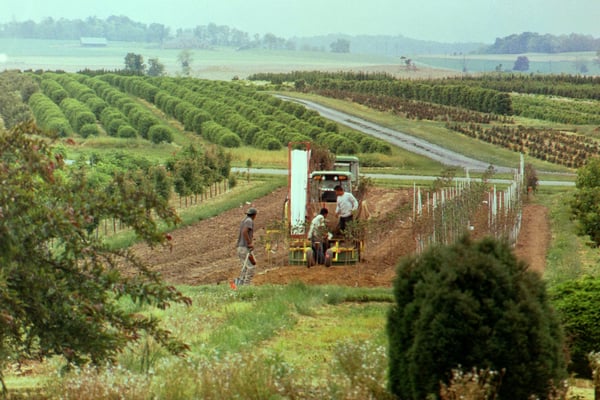 Planting Depth
Planting Depth
Planting at the correct depth is critical. The long-term success of any plant in the landscape depends on that. The crowns of the plants should be exposed at the soil line. The trunk bark will rot if you plant it too low. I recommend looking for root flare at the soil line as an indicator of proper planting depth.
Staking
Staking is vital for maintaining straight and stable development because it helps balance the relationship between top and trunk. The trunk must develop sufficiently to support the top, and that’s where staking can help keep the balance. But how the plants are staked makes a difference.
A tree trunk is like a muscle in your body—movement makes it stronger. Stakes should not be too stiff and rigid; you want some flexibility that allows the trunk to sway a bit. When buying, don’t be afraid to ask if the grower used fiberglass or bamboo stakes. Fiberglass stakes offer significantly more flex than bamboo.
Let Customer Expectations Set the Price Point on Quality
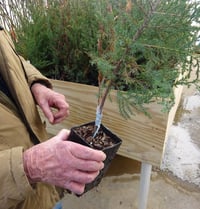 Now, you might be thinking, “How much does all of this really matter? What exactly separates the good from the best?” As I wrote in a previous article about nursery plant price and value, good, better, and best plant quality means different price points.
Now, you might be thinking, “How much does all of this really matter? What exactly separates the good from the best?” As I wrote in a previous article about nursery plant price and value, good, better, and best plant quality means different price points.
If your customer does not demand or expect the best of the best plant quality—you don’t need it. If your customer is more particular, well then, you know what you need to do.
We all stand to benefit from high value plant material sold at prices that honestly account for what it takes to produce that value. But how do we know we are purchasing the best plant material for the best price?
Our ebook “Why Accurate Plant Pricing is Good for Everyone” will give you a fresh perspective on the delicate balance between price and value.




